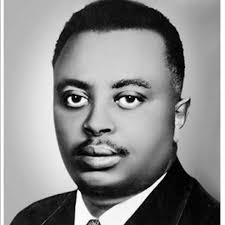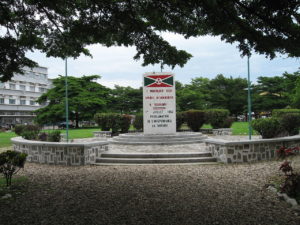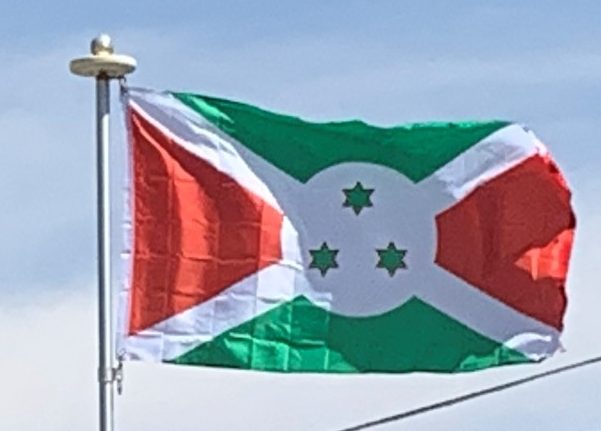Burundi’s push for independence was influenced by the Rwandan Revolution and the accompanying instability and ethnic conflict that occurred there. As a result of the Rwandan Revolution, many Rwandan Tutsi refugees arrived in Burundi during the period from 1959 to 1961.
Burundi’s first elections took place on 8 September 1961 and UPRONA, a multi-ethnic unity party led by Prince Louis Rwagasore won just over 80% of the electorate’s votes. In the wake of the elections, on 13 October, the 29-year-old Prince Rwagasore was assassinated, robbing Burundi of its most popular and well-known nationalist.

The country claimed independence on 1 July 1962, and legally changed its name from Ruanda-Urundi to Burundi. Burundi became a constitutional monarchy with Mwami Mwambutsa IV, Prince Rwagasore’s father, serving as the country’s king. On 18 September 1962 Burundi joined the United Nations.
In 1963, King Mwambutsa appointed a Hutu prime minister, Pierre Ngendandumwe, but he was assassinated on 15 January 1965 by a Rwandan Tutsi employed by the US Embassy. The assassination occurred in the broader context of the Congo Crisis during which Western anti-communist countries were confronting the communist People’s Republic of China as it attempted to make Burundi a logistics base for communist insurgents battling in Congo. Parliamentary elections in May 1965 brought a majority of Hutu into the parliament, but when King Mwambutsa appointed a Tutsi prime minister, some Hutu felt this was unjust and ethnic tensions were further increased. In October 1965, an attempted coup d’état led by the Hutu-dominated police was carried out but failed. The Tutsi dominated army, then led by Tutsi officer Captain Michel Micombero purged Hutu from their ranks and carried out reprisal attacks which ultimately claimed the lives of up to 5,000 people in a precursor to the 1972 Burundian Genocide.
King Mwambutsa, who had fled the country during the October coup of 1965, was deposed by a coup in July 1966 and his teenage son, Prince Ntare V, claimed the throne. In November that same year, the Tutsi Prime Minister, then-Captain Michel Micombero, carried out another coup, this time deposing Ntare, abolishing the monarchy and declaring the nation a republic, though his one-party government was effectively a military dictatorship. As president, Micombero became an advocate of African socialism and received support from the People’s Republic of China. He imposed a staunch regime of law and order and sharply repressed Hutu militarism.

Civil War and Genocides:
In late April 1972, two events led to the outbreak of the First Burundian Genocide. On 27 April 1972, a rebellion led by Hutu members of the gendarmerie broke out in the lakeside towns of Rumonge and Nyanza-Lac and the rebels declared the short-lived Martyazo Republic. The rebels attacked both Tutsi and any Hutu who refused to join their rebellion. During this initial Hutu outbreak, anywhere from 800 to 1200 people were killed. At the same time, King Ntare V of Burundi returned from exile, heightening political tension in the country. On 29 April 1972, the 24-year-old Ntare V was murdered. In subsequent months, the Tutsi-dominated government of Michel Micombero used the army to combat Hutu rebels and commit genocide, murdering targeted members of the Hutu majority. The total number of casualties was never established, but contemporary estimates put the number of people killed between 80,000 and 210,000. In addition, several hundred thousand Hutu were estimated to have fled the killings into Zaïre, Rwanda and Tanzania.
